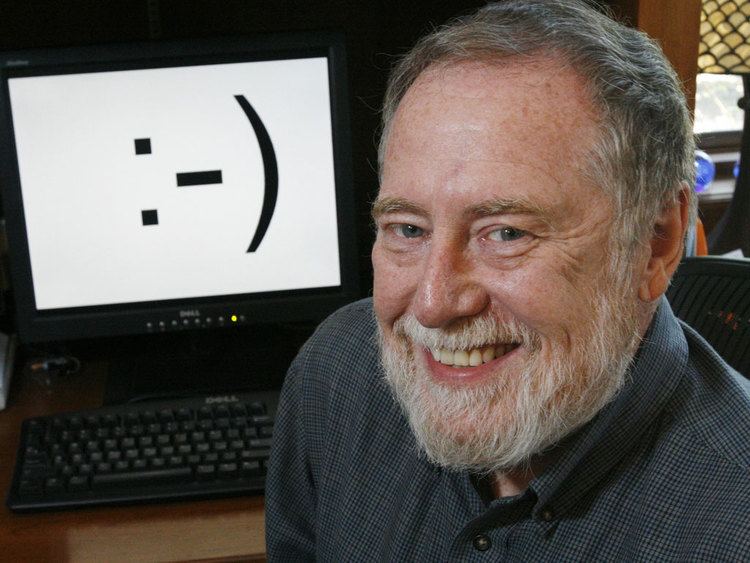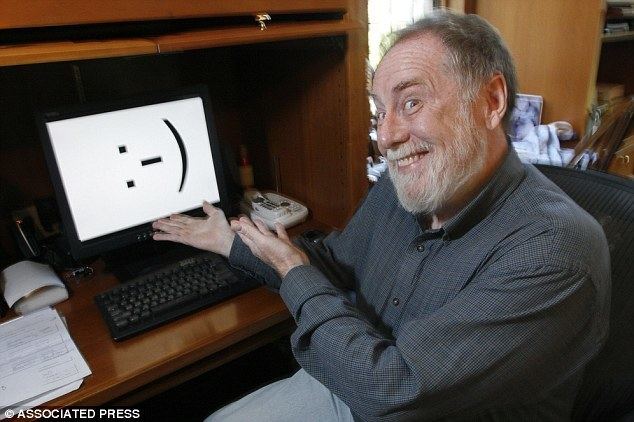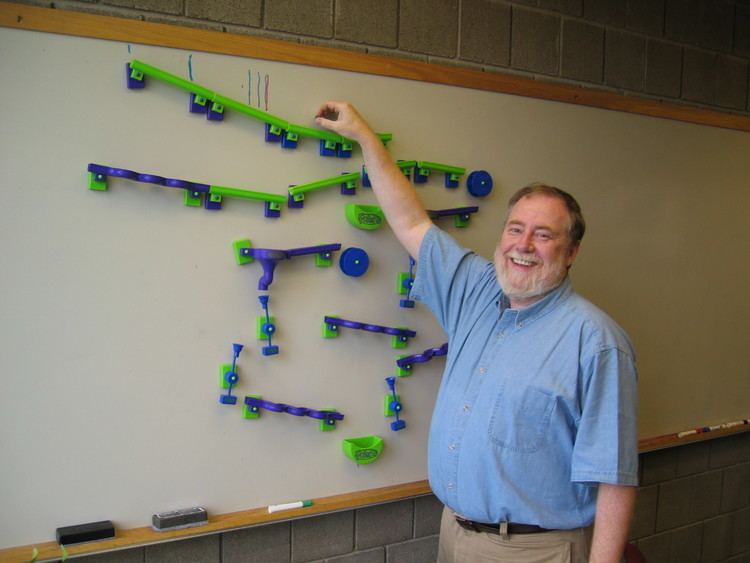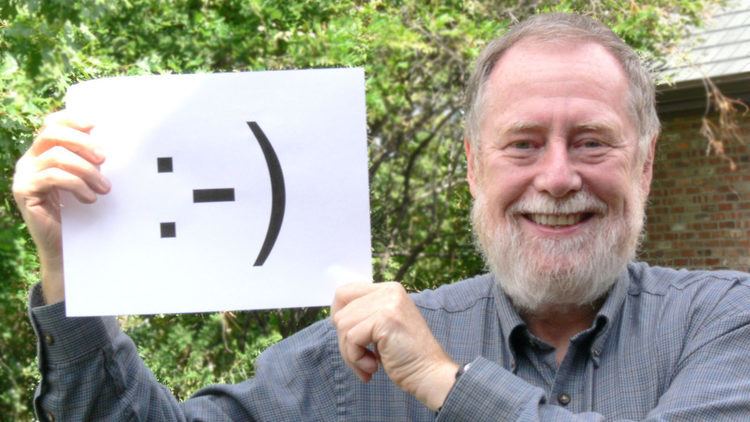Institutions CMU Role Computer scientist | Name Scott Fahlman Alma mater MIT | |
 | ||
Doctoral students Donald CohenDavid B. McDonaldDavid S. TouretzkySkef WholeyJustin BoyanMichael WitbrockAlicia Tribble Sagae Similar People Guy L Steele - Jr, Daniel Weinreb, Richard P Gabriel, Marvin Minsky, Gerald Jay Sussman | ||
Scott fahlman c4f nominee 2011
Scott Elliott Fahlman (born March 21, 1948) is a computer scientist at Carnegie Mellon University. He is notable for early work on automated planning in a blocks world, on semantic networks, on neural networks (and, in particular, the cascade correlation algorithm), on the Dylan programming language, and on Common Lisp (in particular CMU Common Lisp and he was one of the founders of Lucid Inc.). During the period when it was standardized, he was recognized as "the leader of Common Lisp." Recently, Fahlman has been engaged in constructing a knowledge base, "Scone", based in part on his thesis work on the NETL Semantic Network.
Contents

Scott Fahlman a remarkable figure
Life and career

Fahlman was born in Medina, Ohio, the son of Lorna May (Dean) and John Emil Fahlman. He received his bachelor's degree and master's degree in 1973 from MIT, and his Ph.D. from MIT in 1977. His thesis advisors were Gerald Sussman and Patrick Winston. He is a fellow of the American Association for Artificial Intelligence.

Fahlman acted as thesis advisor for Donald Cohen, David B. McDonald, David S. Touretzky, Skef Wholey, Justin Boyan, Michael Witbrock, and Alicia Tribble Sagae.

From May 1996 to July 2001, Fahlman directed the Justsystem Pittsburgh Research Center.
Emoticons

Fahlman is credited with originating the first smiley emoticon, which he thought would help people on a message board at Carnegie Mellon to distinguish serious posts from jokes. He proposed the use of :-) and :-( for this purpose, and the symbols caught on. The original message from which these symbols originated was posted on September 19, 1982. The message was recovered by Jeff Baird on September 10, 2002 and is quoted:


Though credited with originating the smiley emoticons, he was not the first emoticon user; a similar marker appeared in an article of Reader's Digest in May 1967. In an interview printed in the New York Times in 1969, Vladimir Nabokov noted, "I often think there should exist a special typographical sign for a smile — some sort of concave mark, a supine round bracket."


